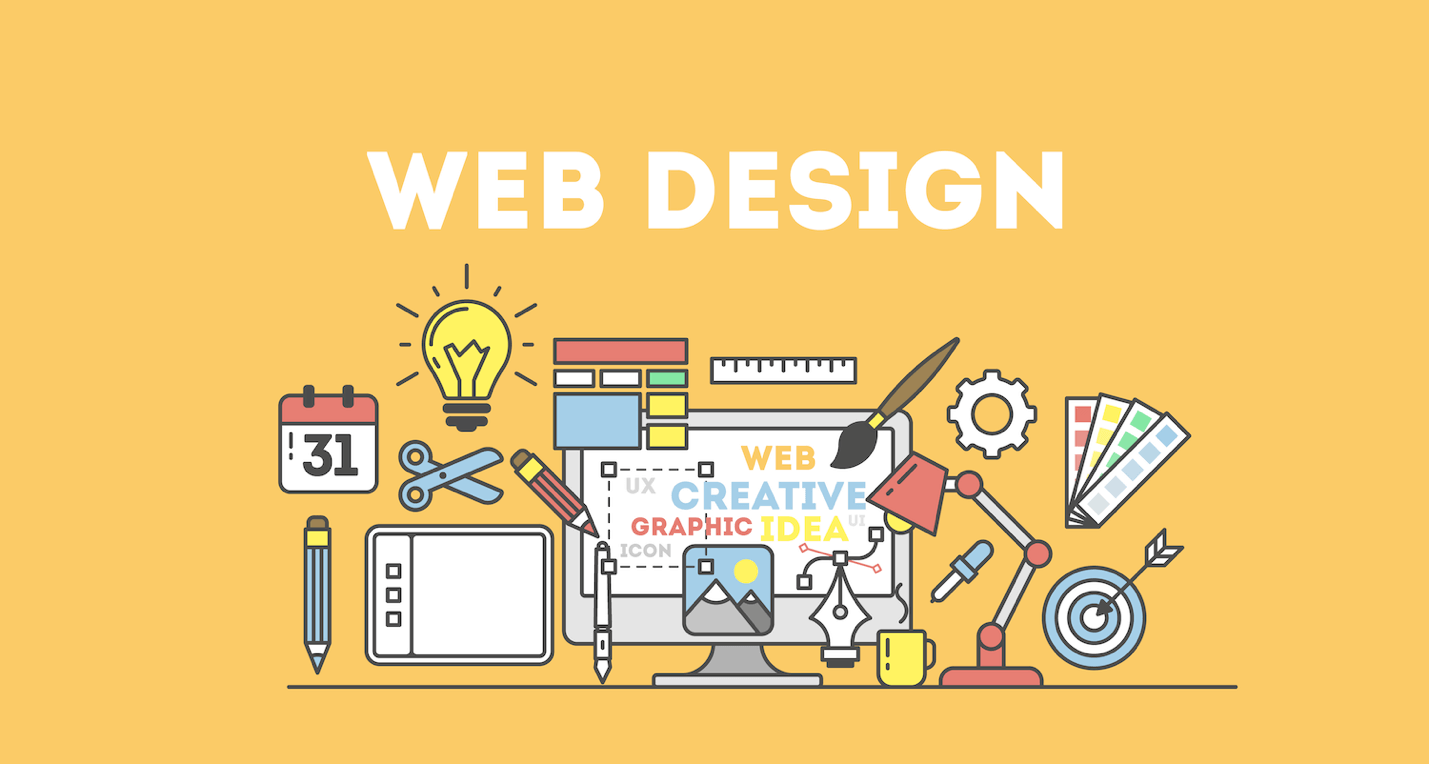The Function of Search Engine Optimization in Optimizing Your Web Design for Greater Rankings
A Comprehensive Guide to Crafting Visually Appealing and Functionally Robust Website Design Solutions
In the ever-evolving landscape of web layout, the balance in between visual allure and practical stability continues to be paramount. An extensive comprehension of foundational layout principles, together with a keen focus on individual experience, can dramatically improve the effectiveness of internet solutions. By leveraging aspects such as shade theory and responsive designs, developers are outfitted to produce not only aesthetically pleasing user interfaces but additionally ones that cultivate user involvement. The trip from concept to execution involves added layers of complexity that merit expedition, specifically in the worlds of testing and optimization. What techniques can be used to achieve this delicate balance?
Understanding Layout Concepts
Recognizing design principles is essential to developing reliable web options that engage customers and communicate messages plainly. These principles serve as the structure for any kind of effective style project, guiding the aesthetic and useful facets of a site. Trick style concepts include equilibrium, contrast, alignment, rep, and proximity, each playing an important role in establishing a natural and cosmetically pleasing format.
Contrast boosts readability and attracts attention to essential features, permitting users to navigate the material easily. Repetition strengthens a consistent visual language, reinforcing brand identification and enhancing user familiarity with the user interface.
Importance of Individual Experience
User experience (UX) is critical in website design, as it straight influences exactly how visitors communicate with a site and view its worth. A well-designed internet site not just draws in users but likewise keeps them engaged, eventually causing greater conversion prices and client complete satisfaction. UX includes numerous elements, including usability, availability, and the total visual appeal of the website.

Moreover, favorable individual experiences foster brand loyalty and encourage repeat sees. On the other hand, a poor UX can harm a brand's track record and prevent prospective clients. Subsequently, buying UX layout is not just a visual consideration; it is a strategic technique that can dramatically impact a service's lower line. Inevitably, focusing on individual experience in internet style is crucial for developing functional, appealing, and successful web sites that meet the demands of modern individuals.
Shade Theory in Website Design
Shade theory plays a crucial role in website design, influencing not only the visual appeal of a site but likewise the emotional feedbacks of its individuals. Understanding shade characteristics is necessary for developing an efficient user experience. Colors can stimulate specific feelings; as an example, blue often conveys trust and professionalism and reliability, while red can infuse exhilaration or necessity.
Complementary shades can produce vibrancy, while similar shades use a more serene feeling. Utilizing tools like color wheels can assist in recognizing reliable shade mixes.
In addition, social context plays a significant role in color analysis. While white represents purity in Western societies, it might stand for mourning in some Eastern societies. As a result, a detailed understanding of the target market is crucial when using color concept.
Including shade psychology right into internet layout not only enhances aesthetic appeal yet additionally affects customer actions, directing them toward wanted activities. Inevitably, a well-thought-out color technique can substantially elevate the overall effect of a site.
Responsive and Adaptive Formats
In enhancement to color concept, the framework and design of visit this website a website significantly effect user experience and engagement. web design. Receptive and flexible layouts are necessary approaches for guaranteeing that sites work effectively across a wide range of gadgets and screen sizes
Responsive design utilizes liquid grids and adaptable pictures, allowing the design to change effortlessly according to the viewport measurements. This approach ensures a consistent customer experience, as material reflows and resizes, maintaining availability whether checked out on a mobile phone, tablet computer, or desktop computer. Media queries play an essential function in receptive style by applying various designs based upon the gadget's qualities.

Both methods intend to enhance customer experience by prioritizing use and ease of access. Selecting between receptive and adaptive layouts greatly depends upon task needs, target audience, and desired individual interactions, inevitably adding to the efficiency of website design services.
Testing and Optimization Techniques
Examining and optimization techniques are essential parts of reliable web design, making sure that internet sites not only fulfill customer expectations however also perform efficiently across different systems. These techniques include a series of techniques targeted at assessing usability, capability, and general performance.
A/B screening is a fundamental method, enabling developers to compare 2 variations of a website to establish which carries out better in terms of individual involvement and conversion prices. Individual screening is just as essential; it entails gathering feedback from genuine individuals to determine discomfort points and locations for enhancement. This qualitative information can assist layout adjustments that boost customer experience.
Furthermore, performance optimization methods such as photo compression, code minification, and leveraging browser caching can significantly enhance lots times and responsiveness. Tools like Google PageSpeed Insights and GTmetrix provide important metrics for assessing website efficiency, making it possible view it for designers to make data-driven choices.
Final Thought
Finally, the combination of basic layout concepts, user-centered techniques, have a peek at these guys and rigorous testing methodologies is vital for creating reliable web design solutions. By prioritizing equilibrium, contrast, placement, and color concept, designers can improve visual charm while making sure capability. Receptive layouts contribute to a smooth user experience throughout gadgets, further advertising engagement. Inevitably, the application of these strategies not only boosts customer complete satisfaction however also drives conversion rates, strengthening the significance of a comprehensive design structure.